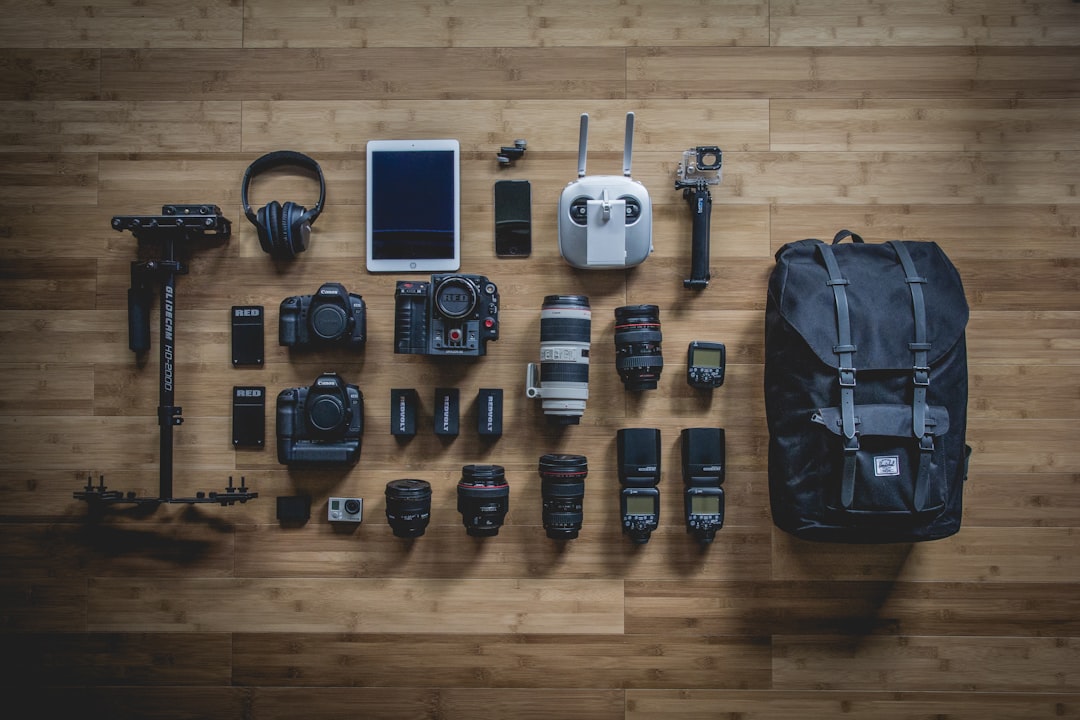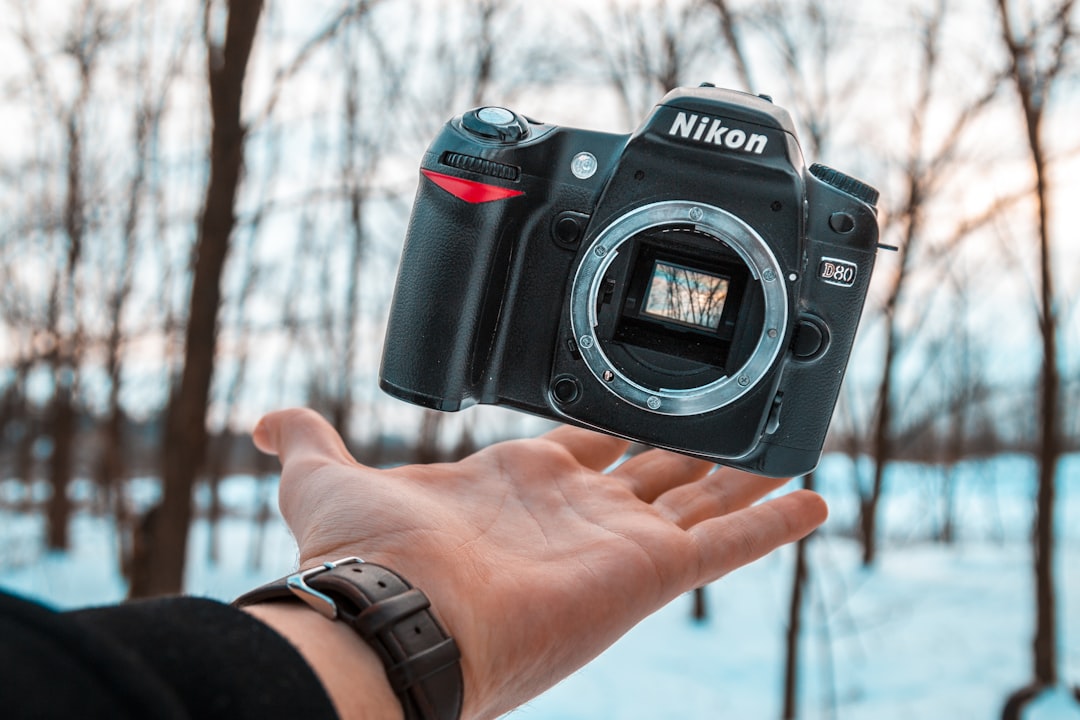Edit Content
The Eco-Friendly Photographer: Sustainable Gear for Green Shoots

Photography is a powerful way to capture the beauty of nature, but as photographers, we also have a responsibility to minimize our impact on the environment. Traditional photography gear and accessories often contribute to waste and pollution, but with sustainable choices, we can reduce our carbon footprint and help preserve the landscapes we love to shoot. In this guide, we’ll explore the best eco-friendly photography gear and sustainable practices to make your shoots greener.
Why Choose Sustainable Photography Gear?
Sustainability in photography isn’t just about using recyclable materials; it’s about making conscious choices that reduce waste, limit energy consumption, and promote ethical production.
Key Benefits of Sustainable Photography Gear:
-
Reduces plastic waste by opting for biodegradable or recycled materials.
-
Minimizes carbon footprint through energy-efficient devices and sustainable production methods.
-
Supports ethical brands that use fair labor practices and environmentally friendly materials.
-
Encourages longevity with durable, high-quality products that prevent frequent replacements.
Essential Sustainable Photography Gear
1. Eco-Friendly Camera Bags
Many traditional camera bags are made from synthetic materials that take decades to decompose. Opt for brands that use recycled plastics, organic cotton, or hemp. Some excellent eco-friendly camera bag brands include:
-
Lowepro Green Line (made from recycled plastics)
-
WANDRD PRVKE Series (durable, sustainable, and weatherproof)
-
ONA The Bowery (crafted with vegetable-tanned leather and waxed canvas)
2. Rechargeable Batteries & Solar Chargers
Instead of disposable batteries that end up in landfills, use high-quality rechargeable lithium-ion batteries. Even better, pair them with solar-powered chargers to harness renewable energy while shooting outdoors. Recommended products:
-
Eneloop Pro Rechargeable Batteries (long lifespan, high efficiency)
-
Goal Zero Nomad Solar Panel (portable and ideal for outdoor shoots)
3. Sustainable Camera Straps
Replace synthetic camera straps with vegan leather, recycled nylon, or organic cotton options. Some brands making sustainable camera straps include:
-
Peak Design Slide Lite (uses recycled materials)
-
4V Design Lusso (crafted from eco-friendly leather alternatives)
-
ONA Presidio (handcrafted with sustainable waxed canvas)
4. Ethical Camera Equipment
Although major camera brands are still working towards sustainability, some are making significant strides:
-
Sony has committed to using sustainable packaging and energy-efficient production.
-
Canon runs the Generation Green Program, focusing on eco-friendly ink cartridges and energy-saving printers.
-
Nikon emphasizes reducing plastic waste in its manufacturing process.
5. Recycled and Sustainable Tripods
Choose carbon fiber tripods over aluminum ones, as they are lighter and have a lower environmental impact. Look for brands that use recycled materials like:
-
Gitzo Mountaineer Series (high-quality carbon fiber construction)
-
Benro Rhino Series (lightweight, durable, and sustainably sourced materials)
6. Recyclable and Non-Toxic Photo Paper & Ink
If you print your photos, opt for recycled photo paper and eco-friendly ink to reduce chemical waste. Some sustainable printing options include:
-
Hahnemühle Bamboo Paper (made from fast-growing bamboo fibers)
-
Epson EcoTank Printers (reduce ink waste with refillable tanks)
Sustainable Photography Practices
1. Reduce, Reuse, Recycle
-
Reduce: Only buy essential gear to avoid unnecessary waste.
-
Reuse: Repair damaged equipment instead of replacing it.
-
Recycle: Properly dispose of old cameras, batteries, and accessories through e-waste recycling programs.
2. Opt for Digital Over Print
Instead of printing every shot, store and share your images digitally. Use cloud storage or external hard drives to minimize paper waste.
3. Choose Eco-Friendly Locations
Respect nature by following Leave No Trace principles. Avoid disturbing wildlife, stay on trails, and never leave waste behind.
4. Work with Ethical Brands & Clients
If you do commercial photography, collaborate with brands that prioritize sustainability. This encourages the industry to shift towards greener practices.
5. Use Natural Lighting
Reduce electricity consumption by relying on natural light instead of artificial studio lighting whenever possible.
Final Thoughts
Sustainable photography isn’t about sacrificing quality—it’s about making smarter, eco-conscious choices. Whether you’re a professional photographer or a hobbyist, switching to sustainable gear and green practices can help reduce waste, conserve energy, and protect the environment for future generations.

